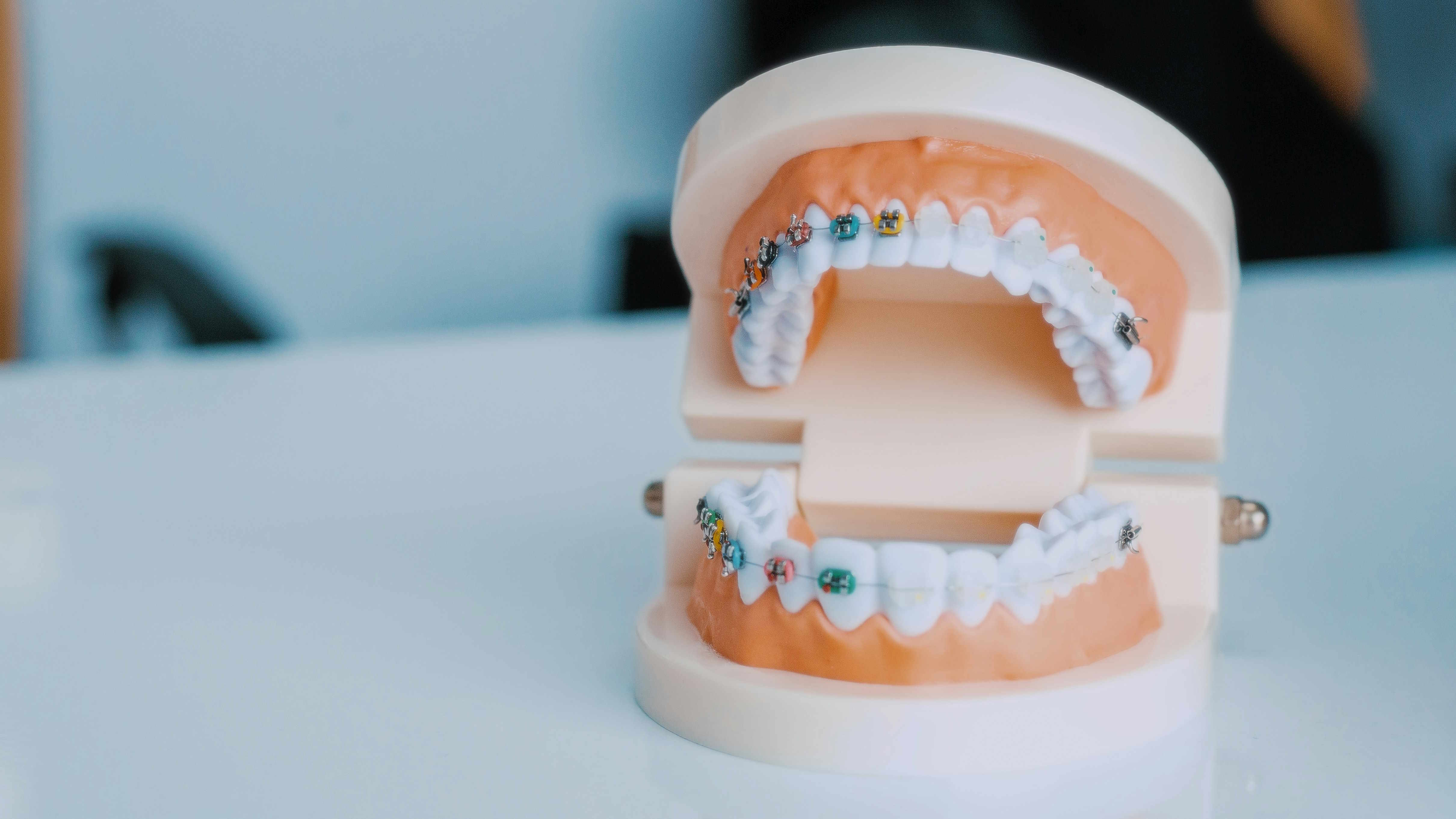Braces vs. Dental Splints: Key Differences and Benefits Explained
Braces and dental splints are both used in dental treatment but serve different purposes. Braces correct crooked teeth and bite alignment through gradual repositioning, while dental splints are typically used for jaw disorders like TMJ or teeth grinding (bruxism). Braces are a long-term orthodontic solution, while splints are often short-term aids to relieve jaw pain or stabilize teeth. Understanding the difference between braces and splints helps in choosing the right treatment for tooth alignment or jaw discomfort.

What are braces and how do they work?
Braces are orthodontic devices designed to correct misaligned teeth and improve bite alignment. They consist of brackets attached to the teeth, connected by wires and sometimes elastic bands. Braces work by applying constant, gentle pressure to gradually move teeth into their desired positions. This process, known as orthodontic tooth movement, can take several months to a few years, depending on the severity of the misalignment.
What are dental splints and what is their purpose?
Dental splints, also called occlusal splints or night guards, are custom-made devices that fit over the teeth. Unlike braces, splints are typically removable and serve a different purpose. They are primarily used to address temporomandibular joint (TMJ) disorders, teeth grinding (bruxism), and to protect teeth from excessive wear. Splints work by creating a barrier between the upper and lower teeth, reducing pressure on the jaw joint and preventing teeth from grinding against each other during sleep.
How do the treatment goals differ between braces and dental splints?
The primary goal of braces is to achieve proper tooth alignment and improve overall bite function. They are used to correct issues such as crowded teeth, gaps, overbites, underbites, and crossbites. The end result is a straighter smile and improved oral health. On the other hand, dental splints aim to alleviate jaw pain, reduce teeth grinding, and protect tooth enamel from wear. While splints may help maintain tooth position, they are not designed to move teeth or correct alignment issues.
What are the key differences in wear time and duration of treatment?
One of the most significant differences between braces and dental splints is the wear time and duration of treatment. Braces are typically worn 24/7 for an extended period, usually ranging from 18 months to 3 years, depending on the individual case. Patients only remove them for cleaning or as instructed by their orthodontist. In contrast, dental splints are usually worn only at night or for a few hours during the day, as prescribed by a dentist. The duration of splint therapy can vary widely, from a few weeks to several months or even long-term use for chronic conditions.
Are there any unique considerations for braces and dental splints in the United States?
In the United States, the approach to orthodontic and dental care is highly advanced, with a wide range of options available. For braces, patients can choose from traditional metal braces, ceramic braces, lingual braces (placed behind the teeth), and clear aligners like Invisalign. The choice often depends on personal preference, budget, and the complexity of the case. As for dental splints, many American dental insurance plans cover them, especially when prescribed for medical reasons like TMJ disorders. However, coverage can vary, so it’s essential to check with your insurance provider.
How do the costs and insurance coverage compare for braces and dental splints?
The costs of braces and dental splints can vary significantly, with braces generally being more expensive due to the longer treatment time and more complex procedures involved. Here’s a comparison of typical costs and insurance considerations:
| Treatment | Average Cost Range | Typical Insurance Coverage |
|---|---|---|
| Braces | $3,000 - $7,000 | Partial coverage (often 50%) up to a lifetime maximum |
| Dental Splints | $300 - $1,000 | Often covered if medically necessary; coverage varies |
Prices, rates, or cost estimates mentioned in this article are based on the latest available information but may change over time. Independent research is advised before making financial decisions.
It’s important to note that while braces are often considered a cosmetic treatment for adults and may have limited insurance coverage, dental splints prescribed for medical conditions like TMJ disorders are more likely to be covered by medical insurance. Always check with your insurance provider for specific coverage details.
In conclusion, while braces and dental splints are both important tools in dental care, they serve different purposes and are used to address distinct issues. Braces are a long-term solution for correcting tooth alignment and bite problems, while dental splints offer protection and relief for jaw-related issues and teeth grinding. Understanding these differences can help you make an informed decision about which treatment might be best suited for your oral health needs. Always consult with a qualified dental professional to determine the most appropriate treatment plan for your specific situation.
This article is for informational purposes only and should not be considered medical advice. Please consult a qualified healthcare professional for personalized guidance and treatment.




